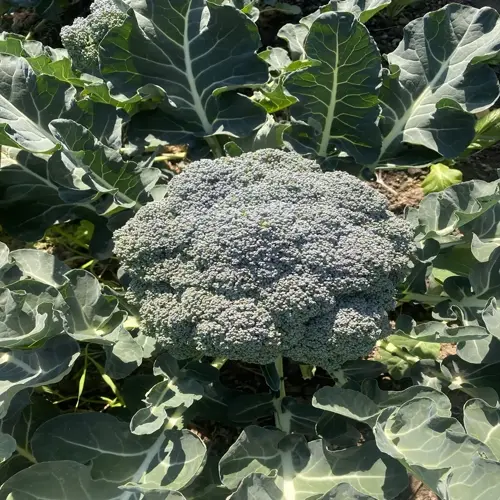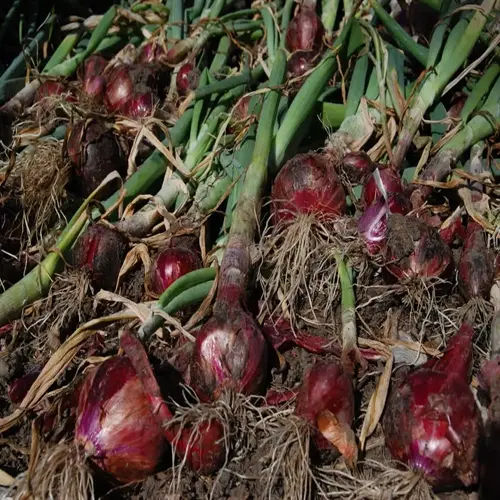Should you wash potatoes immediately after digging?

Written by
Julia Anderson
Reviewed by
Prof. Martin Thorne, Ph.D.Washing freshly harvested potatoes creates significant storage issues by removing layers of protective soil. Other moisture from the washing process can promote the growth of rot organisms before the material is cured. My initial harvest suffered in this way many years ago due to the same reason. Proper handling retains natural protectants, ensuring optimal shelf life.
Soil Removal
- Use soft bristle brushes for gentle dry-brushing
- Focus on crevices around potato eyes
- Preserve thin soil layer protecting the skin
Curing Process
- Place potatoes in complete darkness
- Maintain 90-95% humidity for skin thickening
- Allow 14 days for natural protective layer formation
Storage Preparation
- Inspect for damage after curing period
- Use ventilated containers like wooden crates
- Keep at consistent 40-45°F temperatures
The curing process forms suberin layers to stop moisture loss. This natural wax will seal small wounds or damage. High humidity during the curing process allows this, without any rotting tubers. I replicate these ideal conditions using wet towels in a dark cellar area.
Soil protects potatoes during curing, but washed tubers lose this protective soil layer. My unwashed potatoes will develop a thicker skin that helps to resist bruising. This approach also protects the beneficial microbes I depend on to slow down the growth of rot organisms.
Implement this method for long-term storage success. Always cure before washing, if necessary. If you wash potatoes, I recommend doing so only before cooking to preserve their quality for storage. This method consistently keeps potatoes fresh well into winter seasons without spoilage.
Read the full article: 7 Essential Signs When to Harvest Potatoes

